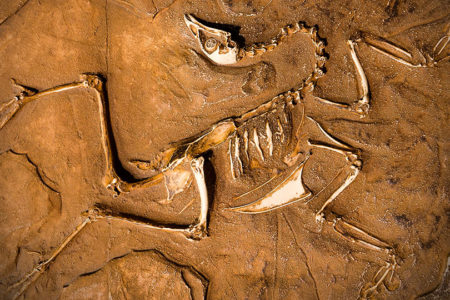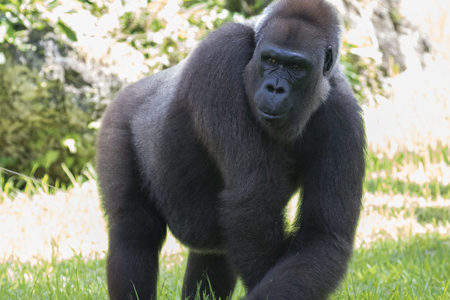The Table of Nations After the Flood
The Table of Nations (Gen. 10:1–32) is the first part of the fourth section of the book of Genesis (each section is introduced by the word toledot, “this is the genealogy of”). The second part of the section records how the nations became separated around the earth through the Tower of Babel incident (11:1–9). This fourth section (10:1—11:29) plays a crucial part in the progress of Genesis, namely, moving the historical account from a universal theme (Noah) to focus on Abraham (Shem’s descendant).
The Table of Nations then is not a genealogy in the sense that it delineates all the descendants of Noah’s sons. Rather, it is a general description of the spread of the nations through the sons of Noah, but with specific interest in those nations around Israel, particularly Canaan. This focus is because of God’s curse on Canaan, recorded in the previous section (9:18–27). It was important for the Israelites, whom God had appointed to dominate the descendants of Canaan, to know who specifically those descendants were.
Structure of the Table
The Table of Nations falls naturally into three parts, one for each of Noah’s sons: Shem, Ham, and Japheth. In a manner typical of Genesis, the least important son concerning Israel, Japheth, is dealt with first; and the most important, Shem, dealt with last. Each section about each son follows the same structure: (1) The sons of the son of Noah are listed, (2) some of the descendants of some of these sons are detailed, and (3) a summary statement ends the section.
An interesting facet of the passage is that two Hebrew words are used to describe the relationship between the names. The Hebrew word benê (“sons of”) highlights the ancestor or father, while the term yalad (“begot”) emphasizes the descendants and what happened to them. The result of adding up the table is this: Names listed for Japheth: 14; names listed for Ham: 30; names listed for Shem: 26, making a grand total of 70, which some see as comparable to the 70 Israelites who go down to Egypt in Genesis 46:27. Not all the names listed are descendants. Some are tribes; some even are lands or cities.
Implications For Israel
What was Israel to learn from this table?
- All the nations of the earth descended from a single ancestor: the righteous Noah.
- God scattered mankind through confusion of languages (Tower of Babel, 11:1–9) as judgment for disobeying His command to “fill the earth” (9:1) and for displaying rebellious pride against Him.
- The stage is then set for God to begin bringing salvation to this divided, fallen world through His chosen servant, Abraham, a descendant of Shem.
- As it was about to enter the promised Land, the nation of Israel (the generation reading Genesis to Deuteronomy) was to recognize its neighbors’ familial and tribal relationships.
- The Israelites were especially to recognize Canaan’s descendants as cursed and as their servants (cf. 15:17–21).
- And finally, the Israelites were to see themselves as a nation of priests in a dark world, a light to the Gentiles as God’s Chosen people.







